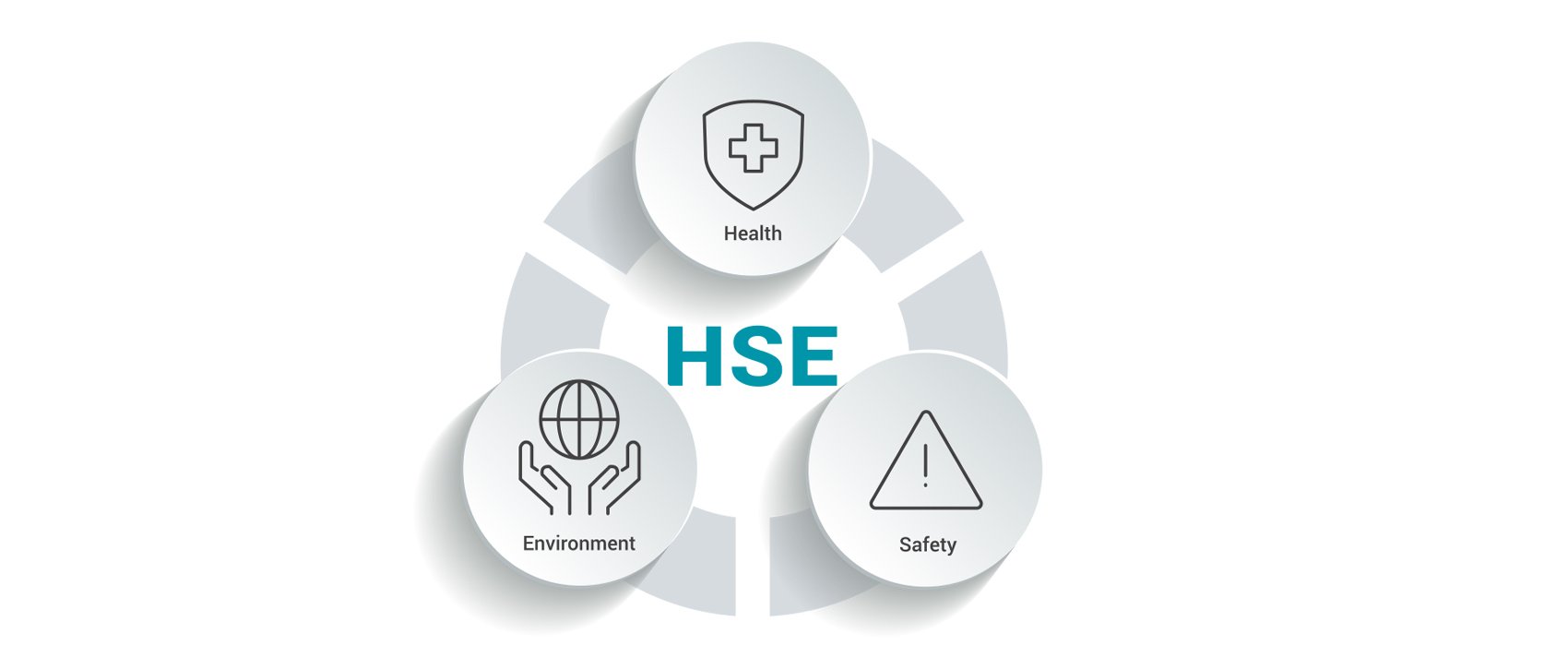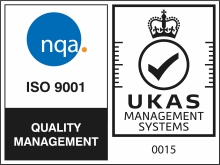
Working at height: What you need to know
Falls from a height are consistently the biggest cause of workplace fatalities in the UK.
More people are killed or seriously injured at work by falling off ladders or scaffolding, through fragile roofs and floors, and down holes and other openings each year than by anything else.
The Working at Height Regulations 2005 exist to protect employers and their workers from such falls.
In this blog, we take a look at the regulations in more detail and aim to answer everything you need to know about working at height.
What constitutes ‘working at height’?
Someone is ‘working at height’ if there is a risk of them falling from one level to a lower level during the course of their work activities, and if that fall could injure them.
Working at height includes working:
- Above ground/floor level, such as on a roof or while standing on a ladder, scaffolding or other high platform
- Where there is a risk of falling from an edge, through an opening or fragile surface
- At ground level near to an opening in a floor or hole in the ground
It does not include the risk of slipping or tripping on the same level, or while walking up and down a permanent staircase in a building.
Working at height: what do the statistics say?
Provisional data from the Health and Safety Executive for 2023/24 shows that, of the 138 deaths in work-related accidents reported last year, more than a third (36%) were caused by workers falling from a height.
A total of 50 people were killed after falling from a height – meaning it remains the leading cause of worker death in the UK.
The law on working at height: The Working at Height Regulations 2005
The Working at Height Regulations 2005 exist to try to prevent death and injury by falling from height.
They require employers to properly assess and manage the risks of working at height, including those of working on or near to fragile surfaces.
Employers must also ensure that all work at height is:
- Properly planned and organised
- Carried out by competent people
- Performed using appropriate work equipment that is regularly inspected and properly maintained
Proper planning and organisation means ensuring the work has been considered in advance and the appropriate work equipment selected for use. It means that the work should be carried out in a way that is as safe as is reasonably practicable, taking into account the weather conditions, and with a plan in place to cover likely emergency scenarios.
How do you decide if someone is ‘competent’ to work at height?
Employers should make sure that those required to work at height have sufficient skills, knowledge and experience to do so, or – if they are being trained – that they work under the supervision of someone who has the required skills, knowledge and experience.
Deciding on competence will depend on the task at hand. For low-risk, short duration tasks involving ladders, completing simple on-the-job training on how to use the equipment safely may suffice. However, for more complex tasks such as planning and assembling a scaffold, more in-depth technical training is likely to be required.
In all cases, what matters most is that an individual can apply what he or she has learned in the workplace to keep themself and others around them safe while working at height.
Working at height: controlling the risk
All work at height should be subject to a comprehensive risk assessment which considers the duration and frequency of the task, the height of the task and the condition of the surface being worked on.
Avoid
Employers are advised to avoid work at height wherever possible, by ensuring as much work as possible is done from the ground through pre-assembly, using extendable tools, or by lowering installations such as lighting masts to ground level.
Prevent
Where work at height cannot be easily avoided, action must be taken to prevent falls through installing collective protection equipment like guardrails, scaffolding and mobile elevating work platforms.
Collective protection equipment is safety equipment which does not require an individual employee working at height to act for it to be effective. It should always be favoured over personal protective equipment in the first instance.
Remember!
Take action to provide protection from falling objects too, as these could cause someone to fall, as well as injure or even kill that person.
Minimise
Where the risk of a fall from height cannot be eliminated, employers should seek to minimise the distance and/or potential consequences of a fall.
This can be achieved by installing collective protection equipment such as safety nets and soft-landing systems close to the level of the work, and through personal protective equipment such as safety harnesses and fall arrest systems.
Don’t forget!
Ensuring workers can get safely to and from where they are working at height is just as important as keeping them safe during the task itself.
Using ladders to work at height
There is a common misconception that ladders and stepladders are banned under the law on working at height. This is not the case.
For many low-risk, light, short duration (< 30 minutes) tasks, using a ladder or stepladder is the most sensible and practical option for working at height.
Where a risk assessment determines a ladder may be used, it is important to ensure that the correct ladder is used, that it is used safely, and that individual workers using it are competent to do so.
To prevent accidents and injuries when working at height on a ladder or stepladder:
- Do not exceed the total weight limit indicated on the ladder, remembering to allow for the weight of PPE and materials workers may be carrying
- Avoid resting a ladder against a weak surface, such as a window or plastic guttering
- Do not overreach
The Health and Safety Executive has further guidance for employers on the safe use of ladders and stepladders.
At iSB Group, we stock a range of workplace safety equipment designed to help your teams work at height in safety and comfort. View our ladders and access solutions or get in touch to discuss your specific business needs.
You Might Like...
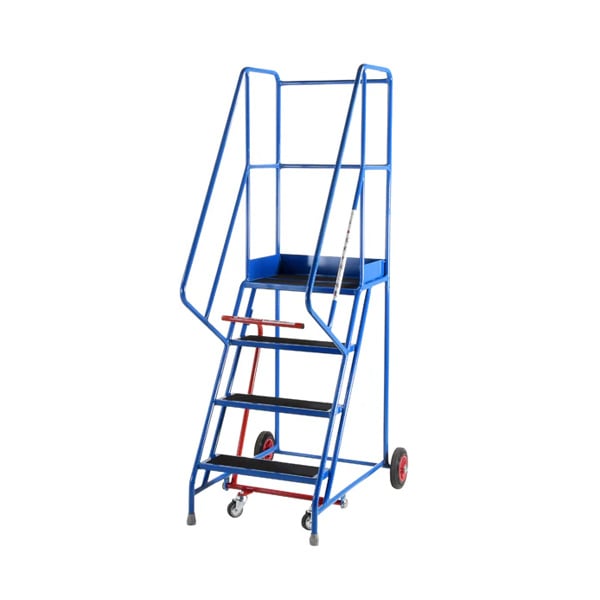 1
1
4 Tread Multi-Step Platform- SSL2018
Large 560x400mm top platform tread, locking device and anti-ascent bar
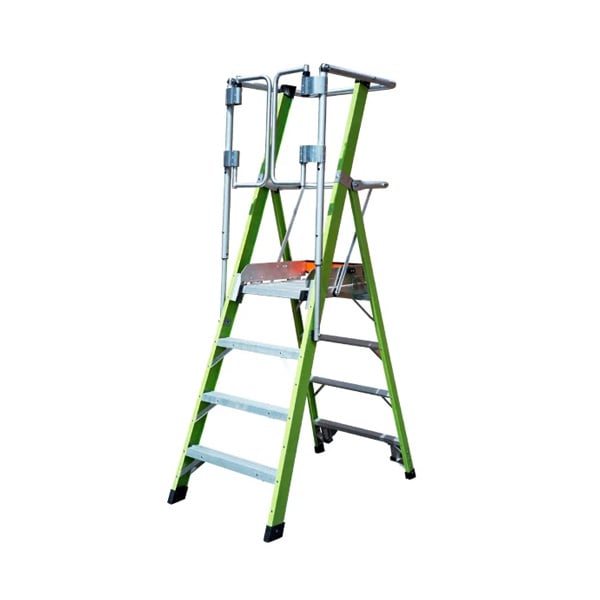 2
2
Little Giant Safety Cage- SSL1384
Work handsfree with wraparound railguard. Compact footprint
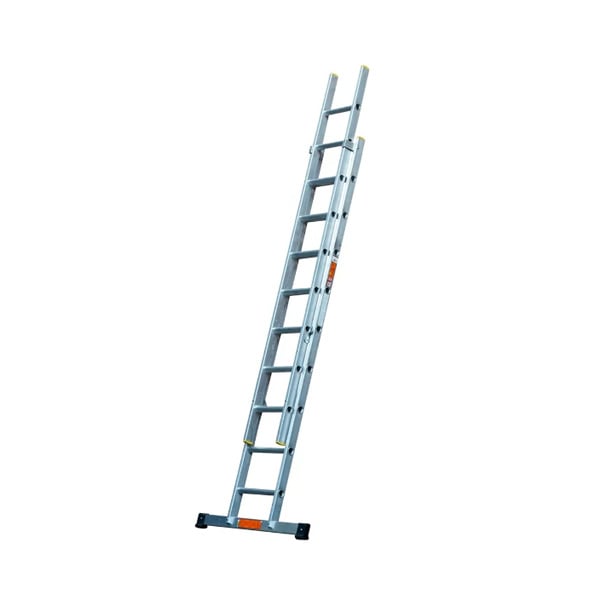 3
3
Double and Triple Extension Ladders inc Stabilisers- SL1225
Stabilising bar supplied. Aluminimum. Anti-slip feet and 150kg work load capacity
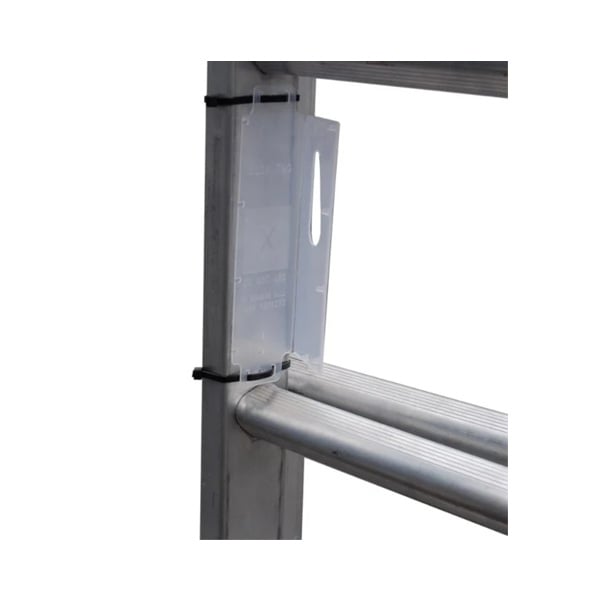 4
4
Safety Tag Holders- SL1400
Plastic holder for safety tag inserts, visual record of ladder inspection. Pack of 10
You might also like
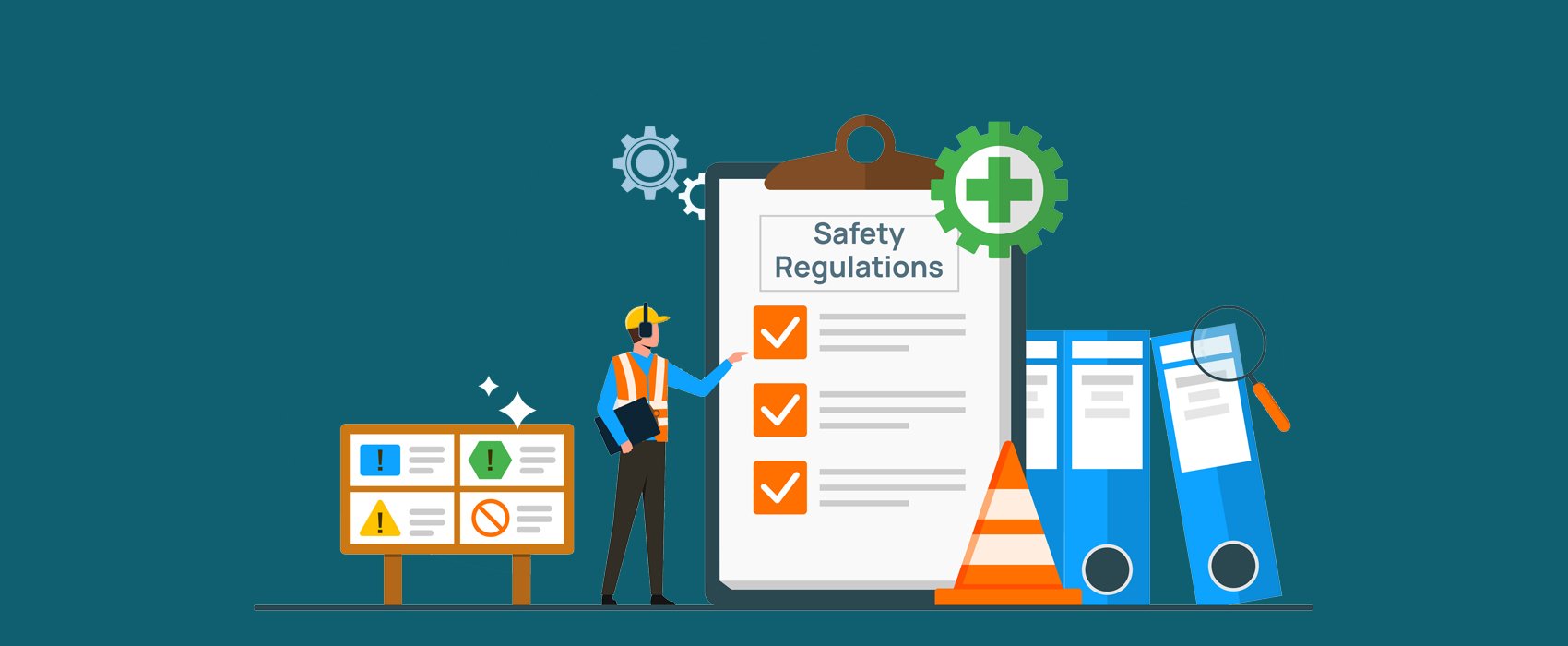
Health and safety management: A safety-first culture
